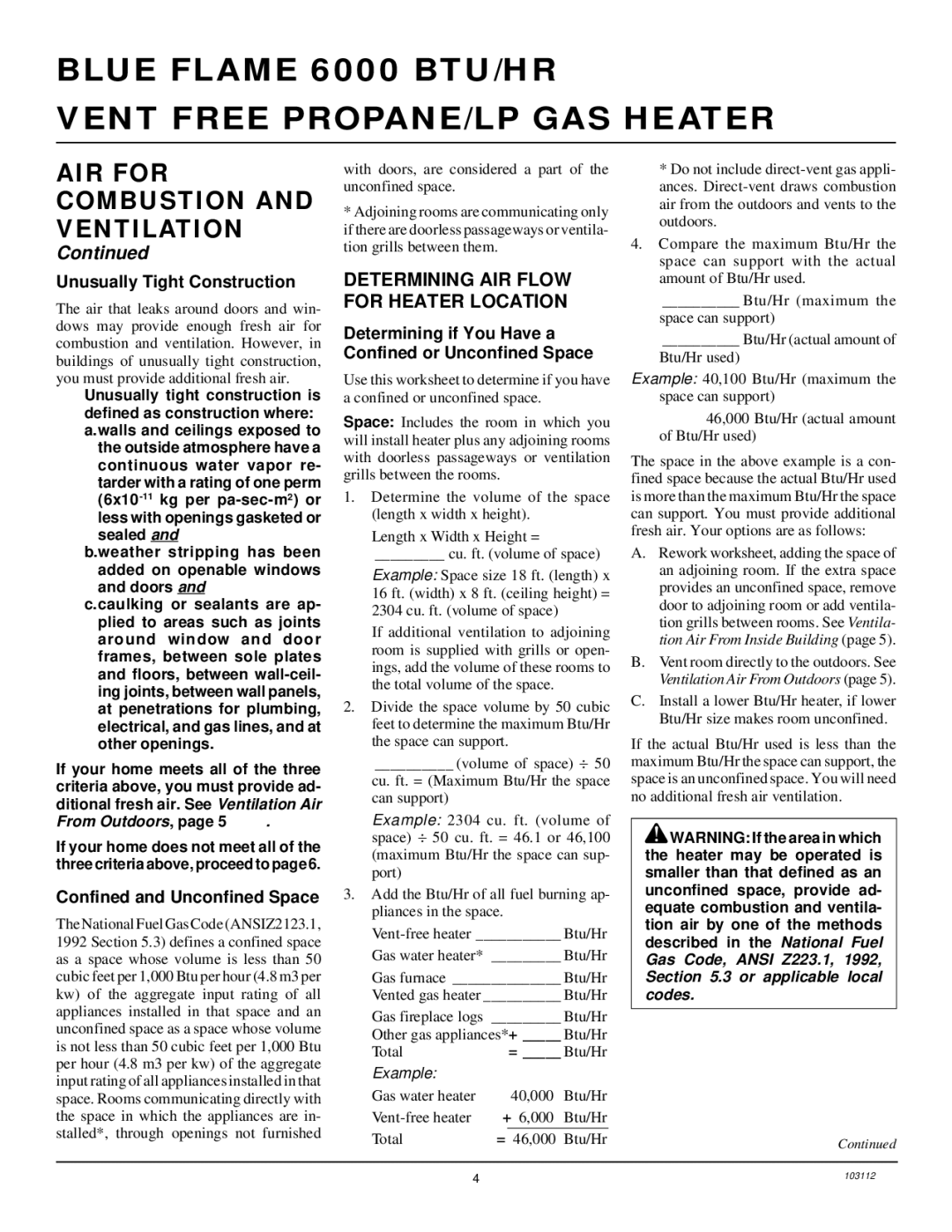6000 BTU/HR specifications
The Desa 6000 BTU/HR air conditioning unit is designed to provide efficient cooling solutions for small to medium-sized spaces. With its sleek design and powerful performance, this unit has become popular among homeowners and small businesses alike. One of the standout features of the Desa 6000 BTU/HR is its ability to cool spaces quickly and effectively, making it ideal for rooms up to 250 square feet.The unit operates with a cooling capacity of 6000 BTUs per hour, which is sufficient to maintain comfortable temperatures even on the hottest summer days. This capacity ensures that the unit can handle varying humidity levels, making it versatile for different climates. The efficiency of the Desa air conditioner is reflected in its Energy Efficiency Ratio (EER), which often meets or exceeds industry standards, helping users save on energy bills.
Incorporating advanced technology, the Desa 6000 BTU/HR features a user-friendly digital thermostat that allows for precise temperature control. This ensures that users can set their desired comfort levels easily and monitor the current temperature through an intuitive display. Furthermore, the unit comes equipped with a remote control, providing added convenience for operating the air conditioner from a distance.
The Desa air conditioning unit also includes multiple fan speeds, allowing users to customize airflow according to their preferences. This feature is particularly useful for achieving the perfect balance between cooling efficiency and noise reduction. The integrated filter system ensures that the air circulated through the unit is clean, contributing to a healthier indoor environment. The washable filter is easy to maintain, promoting long-term performance.
Another notable characteristic of the Desa 6000 BTU/HR is its portability. The lightweight design and built-in caster wheels allow for easy movement from room to room, giving users flexibility to cool different areas as needed. This feature is especially beneficial for renters or those living in smaller homes where window installations may not be feasible.
With its combination of effective cooling power, advanced features, and user-friendly design, the Desa 6000 BTU/HR air conditioning unit stands out as a practical solution for achieving comfort during warmer months. Whether used in a bedroom, office, or small living space, this unit promises reliable performance and adaptability to meet the cooling needs of its users.

